This blog is about 90% art blog, 9% fandom things and 1% whatever else happens to catch my interest. And by that I generally mean books.
Don't wanna be here? Send us removal request.
Text
3d printed start gate
30K notes
·
View notes
Text
The UK Government have launched a consultation on whether AI should be allowed to scrape content online with complete disregard for copyright.
The consultation is stuffed to the brim with technobabble buzzwords and jargon that frames AI as wonderful and that this is a foregone conclusion.
You can submit a response via the link above and tell them what you really think.
3K notes
·
View notes
Text
Trans and intersex people in the UK need you to be loud and angry about the new "deception as to sex" guidance released which makes trans and intersex people legally guilty of rape if we don't disclose our gender identity and/or the sex we were assigned at birth to sexual partners.
This is particularly going to harm trans and intersex sex workers, who often have a higher number of sexual partners who we might keep our trans or intersex identity from for our safety.
"To summarize this guidance in the simplest terms, it treats a trans or intersex person not disclosing their gender identity and/or the sex they were assigned at birth as a form of deception which negates consent."
"This interpretation of part of the existing Sexual Offences Act (2003) places an unreasonable burden on trans and intersex people to inform our sexual partners of our medical history, while no such burden is placed on cis perisex people who are allowed to rely on assumption."
16K notes
·
View notes
Text

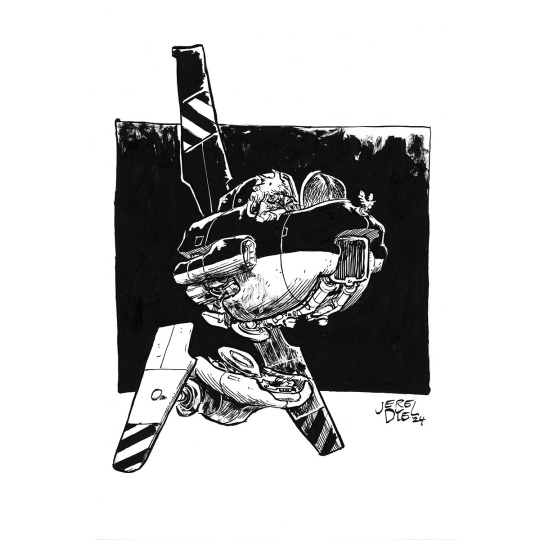

Another batch of #shiptember ink drawings. I really got into drawing the fuselage black and using white line to create form.
10 notes
·
View notes
Video
It’s that time of the year again :)
143K notes
·
View notes
Text






a hanukkiah bouquet . ݁₊᪥⋆. ݁
#menorah#beautiful#I know hanukkah isn't until the 26th this year but have some pretty menorah anyway
10K notes
·
View notes
Text
UK ADULTS IT IS TIME AGAIN TO SHOUT AT YOUR MP.
It is about that Wes Streeting plans to make the ban on puberty blockers for specifically trans children and not cis children undergoing precocious puberty permanent.
Advice on what to put in your letter, with sources, is available here:
You can and should personalise it as much as possible, but there's nothing wrong with C&Ping most of the text from the doc and adding a couple of sentences on your own experience/views.
Mine, below the cut:
I am writing to you to ask you to oppose the permanent ban on puberty blockers, for the following reasons:
The ban was implemented by the previous and current Secretary of State for Health and Social Care in an apparent response to the Cass Review, which itself did not directly call for such a ban;
The review however marked all observational studies as poor and itself only conducted a systematic review, which under the GRADE II methodology is classed as very poor, as has been noted by a Yale study on the metholody of the review;
According to NHS figures, a typical waiting time for a child to be seen by a gender specialist is 6 years. If they turn 18 before being seen, they then progress to adult services, where they face another 6+ year long waiting list (this information was obtained via a freedom of information request to the NHS https://docs.google.com/document/d/1neOdLdAPHD6wTikLi9s7Y1AFxrOR9FZQjoMvxKIyJGk/edit?tab=t.0).
The inability to access timely treatment, even for serious cases, leads many to obtain puberty blockers via private healthcare, an avenue of access that has now been removed by the ban.
The ban therefore currently leaves transgender children with no medical treatment options for gender dysphoria within the UK, forcing those who can afford it, to take their children overseas for treatment, and leaving those who can’t with no medical pathway.
As a transgender adult, I am well aware of the acute, often suicidal distress suffered by transgender children undergoing a puberty which does not align with their experience of their own gender. It is not inconceivable that blocking transgender children from accessing this healthcare will increase suicide rates in this group.
A preprint paper by Goldsmiths lecturer Dr Natacha Kennedy (Kennedy, 2024) examines the effects of the ban, using a survey for the parents of young transgender people after the ban was implemented. The parents responding to the survey commented that the ruling seemed to have emboldened transphobes, particularly transphobic politicians and media, by making transphobia more respectable:
“She feels as though the government and media hates her. It’s disgusting that our country is doing this to children.”
As part of this, there has been an increase in delegitimizing language, such as referring to transgender children as ‘gender questioning’:
“It seems since the ban following the Cass Review that it has given politicians, the government, the press and public endorsement to try to further reduce trans youths’ rights and even the word ‘trans’ or ‘transgender’ is being removed from the narrative and there seems to be an erasure of using the word ‘trans’ for youth and it has been replaced with Gender Questioning Children. My child is not gender questioning, they are transgender and have been out for over 9 years and living as themselves. They know who they are and it hurts terribly when people doubt that or don’t accept it.”
The results of the survey show the lack of treatment options has already had a horrifying effect on children and young people’s mental health. Parents noted:
“I have a child who has been suicidal, self-harming and has been unable to leave the house.”
“My child was suicidal and has self-harmed many times as a way to express her emotional distress at the change in her access to gender affirming care.”
“Distraught. Devastated. Distressed. She had already been through the experience of having her healthcare access stopped after the Bell judgement - she had been due to start blockers that week and they were instantly stopped. This deeply affected her trust in adults responsible for her care, and had a knock on effect on relationships with teachers, club leaders, the GP etc.”
The paper also shows that parents and families have been severely impacted by the ban. They feel powerless to protect their children and abandoned to deal with the impacts alone:
“I am so worried about puberty. I think about it at least once a day. I am deeply concerned that if she struggles then we are helpless.”
“It has caused direct damage to my mental health by causing panic and confusion. I was left to support a child whose mental health changed for the worst overnight (literally). There was no support for her or parents. There was no warning. I felt confused and desperate and also totally unseen.”
“Watching my child suffer and struggle needlessly due to the decisions made by people who this has zero impact on is single-handedly the hardest thing I've ever had to do as a mother.”
One parent noted that their daughter was now frightened of being outed at school and potentially stabbed because she will go through the wrong puberty:
“I am so afraid for her. She is in stealth at school, afraid of being stabbed and now she will undoubtedly go through the wrong puberty for her.”
With the rise in hate and transphobia, this ban may well put children and young people at physical risk from their peers, which is more dangerous than any safety issues from puberty blockers.
Much as anti-immigrant rhetoric from public sources in the UK has embolded violent racism, so a government which is seen to withhold support from transgender children emboldens violent bigotry against them. We have already had one despicable, very widely-publicised murder of a transgender teenager in this country. It falls upon us all to prevent any more.
The ban is not firmly based on medical recommendations or evidence. The Cass Review remains controversial, has been criticised for its quality by various professional institutions and is still being critiqued and analysed. Banning puberty blockers is a politically motivated and scientifically unjustified response. The UK is an outlier in implementing a ban and goes against the expert opinions of many professional associations and nations worldwide. Several other countries, including Australia and France, have conducted reviews of their own finding that puberty blockers are a considerable help to transgender children.
Some instances of precocious puberty have been treated with puberty blockers for the past 50 years, with no discernible side noticed. By this point if there was a serious issue, it would be endemic. Contrary to their presentation as being a recent and experimental innovation, Puberty Blockers have been used in the treatment of cisgender children since the mid 70’s and transgender children since the late 90’s, with no discernible epidemic in side effects. We have decades of observational studies which show that for 90% of people transition is the right course of action and even for the 10% who detransition, only 3% of them detransition because they’re not trans at all. (Numbers are from the preliminary results of the world's largest review of detransition rates in the world, the North American Dare Study.) A decade-long study of 200 trans children which showed no decline in mental acuity, was ignored (Arnoldussen et al., 2022).
The Cass Review was conducted without the assistance of Gender Specialists and Endocrinologists due to a perceived bias, that in itself should be cause for concern. Imagine a review of natal services in the UK excluding specialists in that field. Yet, members of SEGM, a designated trans hate group (Southern Poverty Law Centre, n.d.), participated in the NHS Working Group on Gender Dysphoria, which helped to create the Cass Review (https://www.reginfo.gov/public/do/eoDownloadDocument?pubId=&eodoc=true&documentID=136692)
I therefore ask you to get in contact with Mr Streeting and to urge him to lift the ban, before more children and young people are hurt.
4K notes
·
View notes
Photo

Santa is on strike due to global warming. All presents this year will be delivered by Sasha the Christmas Tiger. Milk and cookies may not be sufficient.
900K notes
·
View notes
Text
I found a guide for a no tape, easy to unwrap wrapping tutorial to make Christmas a little more accessible, wish I just found it sooner
#useful info#I have already wrapped nearly everything#also some of it was NOT rectangle shaped#better luck next year
60K notes
·
View notes
Text
TIL that the reason lead levels in children’s blood have dropped 85% in the past thirty years is because of an unknown scientist who fought car companies to end leaded gasoline. He also removed it from paint, suggested its removal from pipes, and campaigned for the removal of lead solder from cans.
via ift.tt
375K notes
·
View notes
Text
it’s december 1 where’s the christmas tail kitten bring him to me
305K notes
·
View notes
Text

Mood. Dipping back into the Archives... circa 2019.
8 notes
·
View notes
Text

Check your ballots and tell your people to check theirs. There is a process to fix errors (usually signatures not matching; common with younger voters who tend to sign their ballots nicer than their driver’s license or whatever form they signed to register)
18K notes
·
View notes
Text
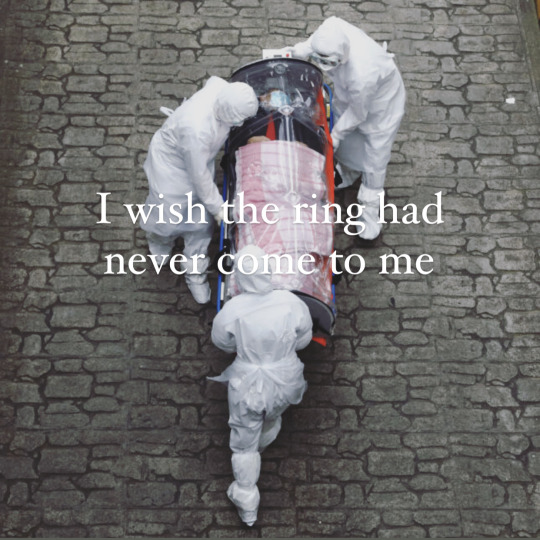
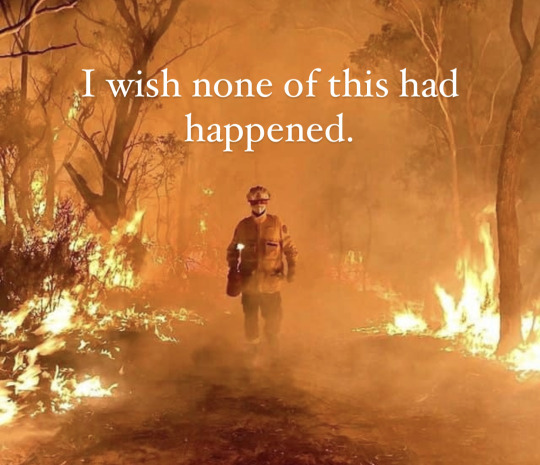



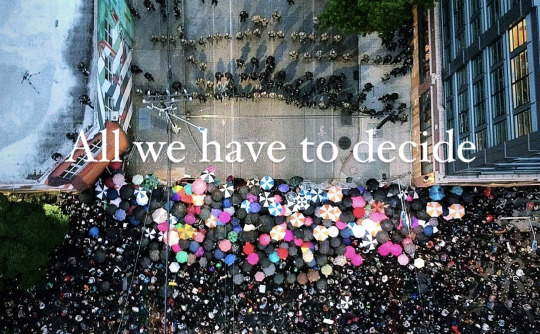
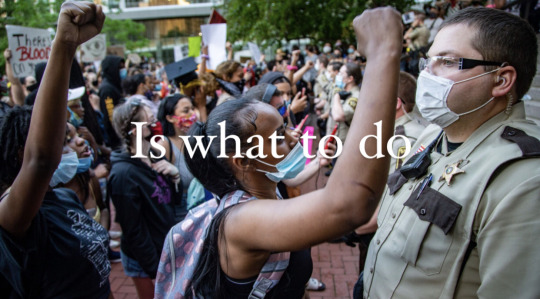

“There are other forces at work in this world besides the will of evil.”
127K notes
·
View notes
Text

Ig: @taka.cooper
Poughkeepsie, US
2K notes
·
View notes
